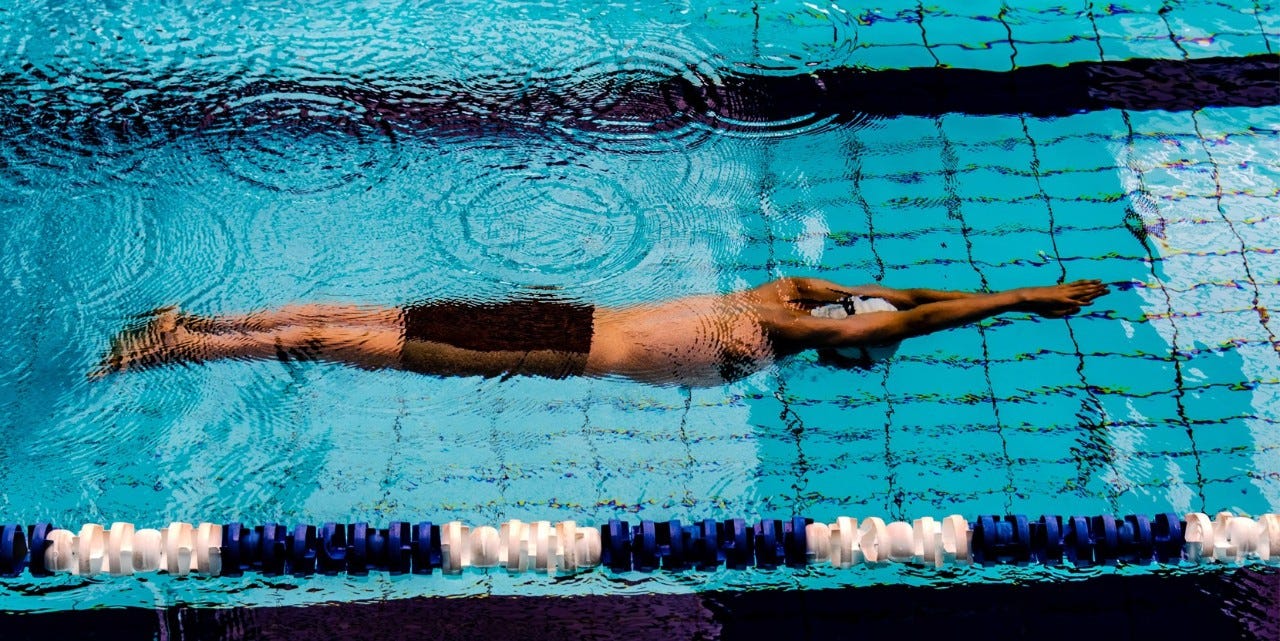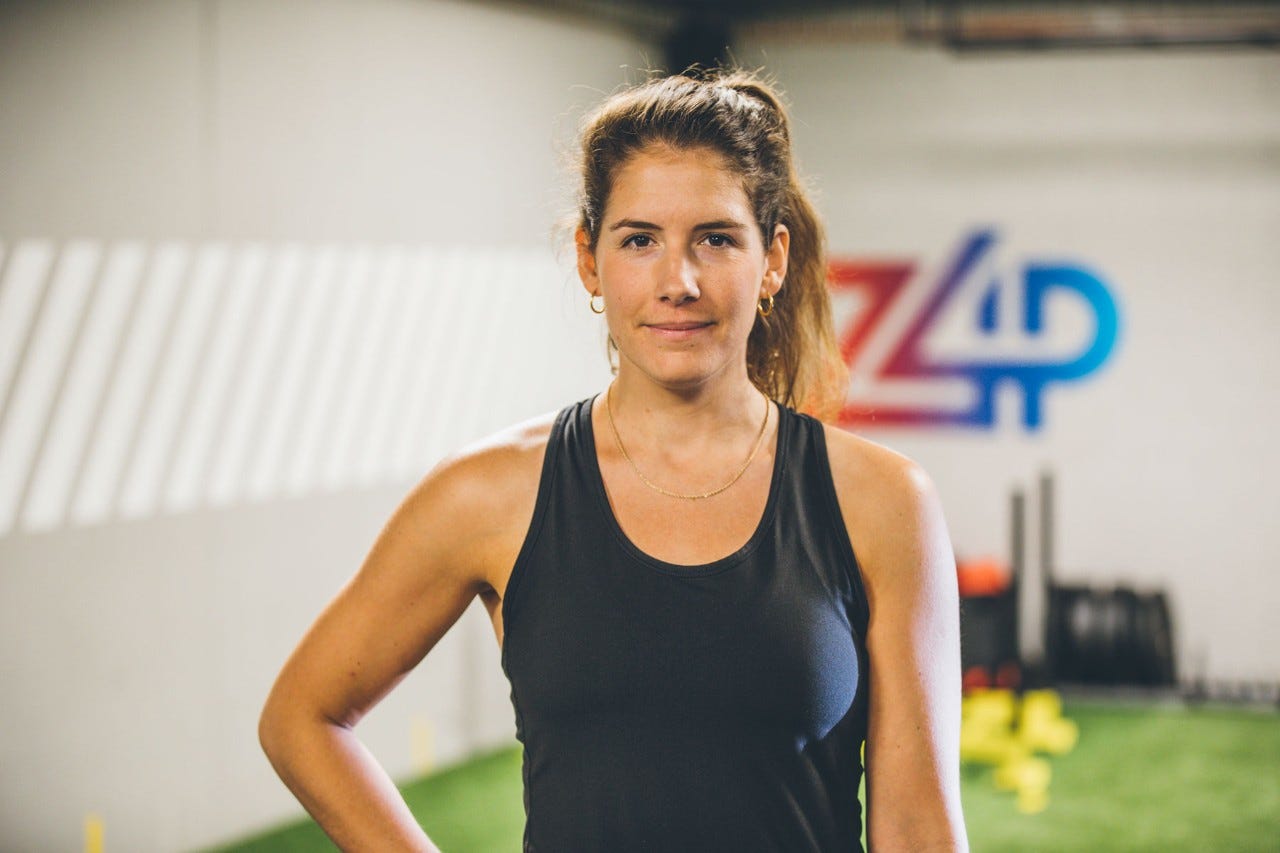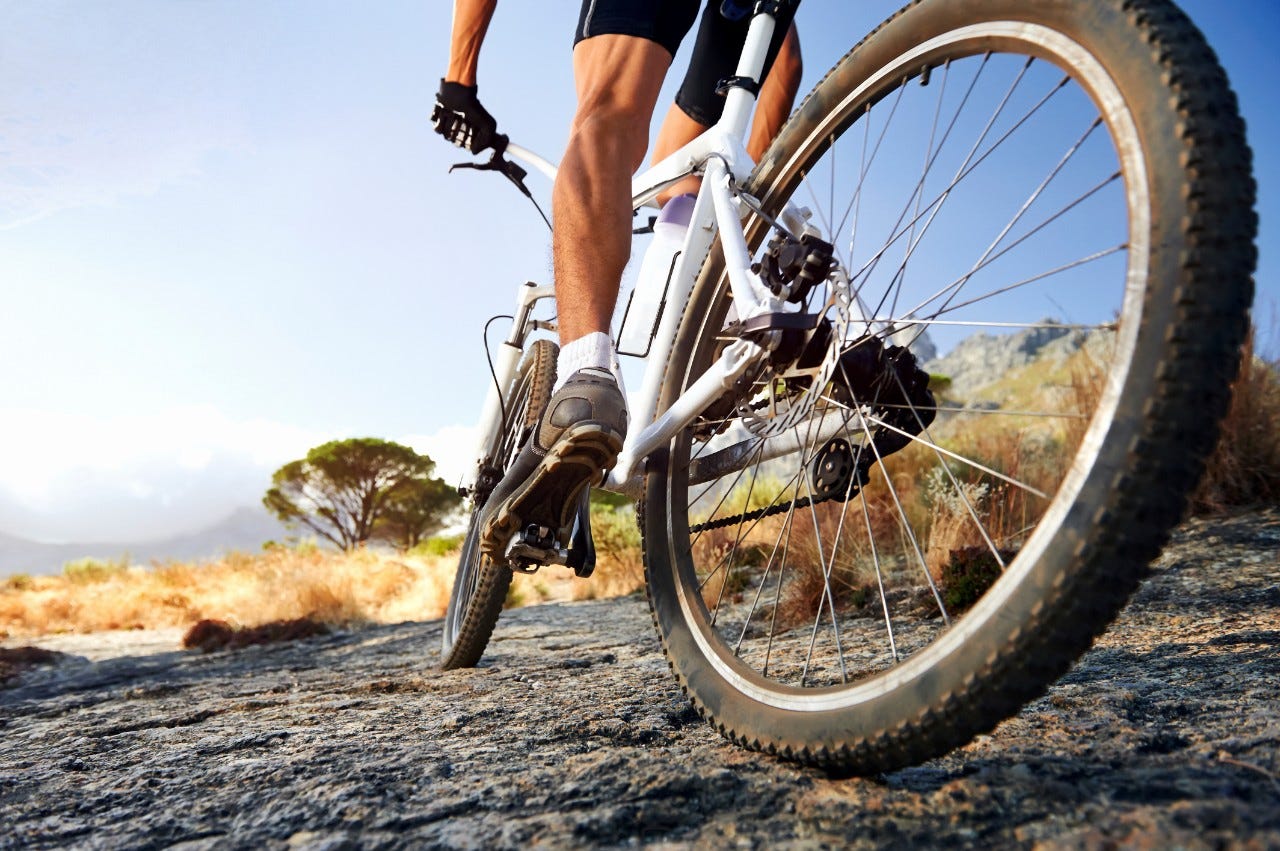Swim aids: making training more fun
Regardless of whether you want to swim across a lake, take part in a triathlon or simply improve your swimming technique, swim aids can switch up training sessions and make your time in the pool more fun. With a range of equipment available, how do you know what’s best for you?

Swimming length after length in monotonous training sessions is boring and doesn’t really bring many benefits. First, the body constantly needs new stimuli to improve. And second, swimming requires not only stamina but also strength and a sound technique. Swim aids ensure variety and allow you to work on specific swimming techniques. Martina Kratzer (29), national water polo player and personal trainer, says that training aids are useful for both professional and amateur swimmers. “It’s a good idea for beginners to use aids to train their technique, too. If you train individual movements right from the start, you’ll gain confidence more quickly,” says Martina. However, you shouldn’t overdo it, and swim aids should be used sparingly. The body needs time to process the new stimuli. If you only train with swim aids, you’ll lose your natural feeling for the water. Training with equipment should therefore be kept short – beginners should swim between 20 and 100 metres – but precise.
“It’s a good idea for beginners to use aids to train their technique, too. If you train individual movements right from the start, you’ll gain confidence more quickly.”
Which swim aids should you choose?
-
Flossen
Short training fins – not to be confused with scuba fins – provide propulsion and help improve your position in the water. They help the swimmer concentrate on the arm pull and breathing rhythm. Advanced swimmers also use the fins to train leg strength and the hip kick.
Our expert says: “Fins are ideal training aids for beginners, because they usually lack propulsion. When you swim faster you get a feel for the water – and enjoy swimming more.”
-
Paddles
Paddles, which are attached to the palms of the hand, are available in different shapes and sizes. Depending on the model, paddles train the stroke or the way in which the hands enter the water. Good swimmers with strong muscles also use them to improve their strength. Beginners should start with small finger paddles and use them only for short periods to slowly build up the muscles.
Our expert says: “Paddles give beginners more momentum and a feeling of gliding through the water. But the size of the paddles has to match your strength, because shoulders are susceptible to injury.”
-
Pullbuoy
Shaped like an hourglass, the foam wedge is placed between the swimmer’s thighs to help improve their position in the water through buoyancy. As you don’t have to kick your legs, you can concentrate on your arms to specifically train your technique and arm strength. If you hold the pull buoy with your lower legs, you increase the tension in your upper body.
Our expert says: “Many recreational swimmers let their legs and hips drop too far below the surface of the water, which increases water resistance. A pull buoy provides buoyancy and shows you what the right position in the water feels like.”
-
Schwimmbrett / Kickboard
With a float, you focus on the legs while your arms stay still. Hold the float straight out in front of you with a loose grip. You drive the legs from the hips. If you hold the float with one arm, you can train the other arm in isolation to practise the stroke.
Our expert says: “A float is ideal for training the rhythm of your kicks. If you don’t have a float to hand, you can also use a pull buoy.”
-
Frontschnorchel
Beginners find it hard to hit the right breathing rhythm and to hold their head under water for a few strokes. This special snorkel, which is attached to the forehead and points straight up out of the water, helps you focus on your arms and legs without getting out of breath.
Our expert says: “A centre snorkel can also be useful for advanced swimmers, for example if they’re doing an extended leg training session.”
-
Tempotrainer
Worn under your swimming cap, this little metronome sets your pace with beeps. Depending on your training goal, you can set the pace by arm stroke, arm stroke cycle, kicks or breathing rhythm – for challenging sprints or long-distance endurance training.
Our expert says: “It’s a useful training aid, but only for very advancedswimmers.”
-
Schwimmuhr / Strokezähler
Sports watches are now also available for swimming. Depending on the model, they can calculate speed, distance, number of strokes and lengths and calories burned. The computer programmes provided show the training sessions in bright tables and graphics.
Our expert says: “Beginners don’t need to use a sports watch. Once you’ve learned the right technique, a watch can help keep you motivated or make training more fun.”
The best aids for learning front crawl
Many beginners set themselves the goal of learning front crawl. However, it takes a lot of training to be able to glide smoothly through the water like a fish. Key factors include a good position in the water, the right breathing and the correct arm and leg movements. Exercises with swim aids can help you learn the right technique, because you can train individual elements step by step before putting them all together later. A centre snorkel can help beginners who often have problems with breathing. Swim fins provide the right propulsion to train the arm pull, while a float is perfect for training the right kicking technique. Not everyone who is new to swimming should use paddles straight away. They are not necessarily for beginners – normal water resistance is sufficient to improve strength. If you’ve already got strong shoulders, you can incorporate a few lengths with small paddles into the training session.

Martina Kratzer plays water polo for the Swiss national team and has a Master's degree in elite sport from the Swiss Federal Institute of Sport in Magglingen.


